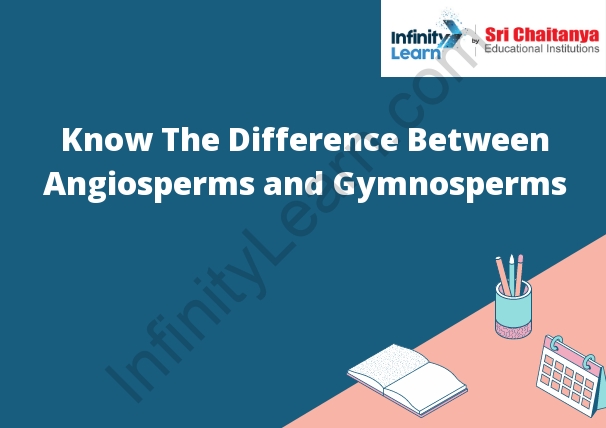Table of Contents
What are the Facts to Know about Angiosperms and Gymnosperms?;
Angiosperms are flowering plants that produce seeds within a fruit. Gymnosperms are plants that produce seeds without a fruit.

Definition of Angiosperms
Angiosperms are flowering plants. They are the most diverse and widespread group of plants on Earth, and make up more than 90% of all plant species. Angiosperms have flowers, which are special reproductive organs that allow them to produce seeds. The seeds are enclosed in a fruit, which helps protect and disperse them.
Definition of Gymnosperms
Gymnosperms are a group of plants that do not have flowers. They produce seeds that are not enclosed in a fruit. The seeds are either naked or “gymnosperm” in Greek meaning “naked seed”.
Main Differences Between the Angiosperms and Gymnosperms
Angiosperms are flowering plants while gymnosperms are non-flowering plants. Angiosperms produce seeds that are enclosed in a fruit while gymnosperms produce seeds that are not enclosed in a fruit. Gymnosperms typically have cones while angiosperms typically have flowers.
Tissue Structure
The tissue structure of a plant is the arrangement of its cells and their surrounding materials. The tissue structure of a plant is determined by its cell type, the way its cells are attached to each other, and the materials that surround the cells. There are four main types of tissue in plants: dermal, ground, vascular, and meristematic.
Leaf Structure
Leaves are structures that allow plants to photosynthesize. They are typically thin, flattened, and green. Leaves typically have a network of veins that allow them to transport water and nutrients. The edges of leaves are often smooth, while the underside is typically hairy.
Tissue System
The tissue system is a group of tissues that work together to support the body’s activities. The four main types of tissues are muscle, connective, nervous, and epithelial.
Reproductive System
The reproductive system is responsible for the production of offspring in animals. In mammals, the reproductive system includes the ovaries, testes, and associated organs. The ovaries produce eggs, and the testes produce sperm. The reproductive system also includes the associated ducts and glands. The ducts carry eggs and sperm from the reproductive organs to the outside of the body, and the glands produce the hormones that control reproduction.
Seeds and Flowers
A seed is a small hard lump produced by a plant that contains the plant’s embryo. A flower is the reproductive organ of a plant. Flowers are typically colorful and fragrant.
Seeds and flowers are both important parts of a plant. Seeds are necessary for a plant to reproduce. Flowers are necessary for a plant to produce fruit.
Flowers are often used for decoration. They can be used to make wreaths, bouquets, and arrangements. Flowers can also be used to make perfume.
Seeds can also be used for decoration. They can be used to make necklaces and earrings. Seeds can also be used to make mosaics.









